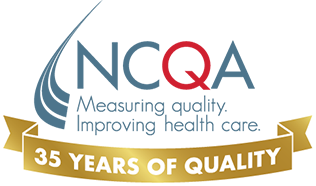Applications processed before July 1, 2025, will not be held to the factor 6 requirement and will be scored NA.
Applications processed on or after July 1, 2025, will be scored on the factor 6 requirement, but will not be held against the 6-month look-back period until surveys on or after January 1, 2026.
Note: CAQH is updating its credentialing application to include fields for race, ethnicity and language, and a statement regarding anti-discrimination. Updates are scheduled to go live on July 1, 2025.
This applies to:
HPA: CR 3, Element C, factor 6.
CRPN: CRA 3, Element A, factor 6; CRC 10, Element A, factor 6; CRC 11, Element A, factor 6.
MBHO: CR 3, Element C, factor 6.
HP 2025
